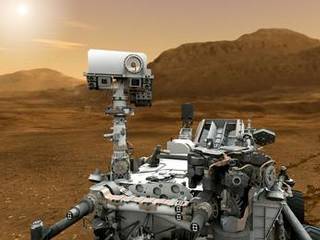The rover’s mission for Sol 685 is a mix of scientific studies and driving. The day begins with a brief pre-drive science block, which includes environmental monitoring tasks such as ChemCam passive spectroscopy to analyze atmospheric composition and Mastcam measurements of dust opacity. These activities are vital in gathering valuable data about the Martian environment.
The rover will then embark on a 2.5-hour drive, covering approximately 60 meters. Navigating through the loose sand remains challenging, but once the rover overcomes this obstacle, it will reach Zabriskie Plateau, named after a sandstone formation near Shoshone, California.
After the drive, post-drive imaging will be conducted for targeting purposes. However, tomorrow’s activities will be limited due to waiting for data transmission back to Earth. Despite this constraint, there are exciting plans for the weekend that include possible contact science and more driving.
It is important to note that planned rover activities may change based on various factors such as the Martian environment, communication relays, and the status of the rover. Nonetheless, the mission team remains committed to conducting valuable scientific research on Mars.
In summary, Sol 685 of NASA’s Perseverance Rover mission involves a combination of environmental monitoring tasks and driving activities aimed at collecting crucial data about Mars’ environment while navigating through challenging terrain before reaching Zabriskie Plateau for post-drive imaging purposes.


